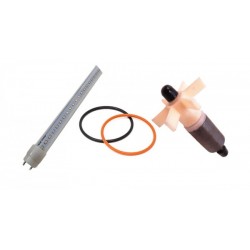Share
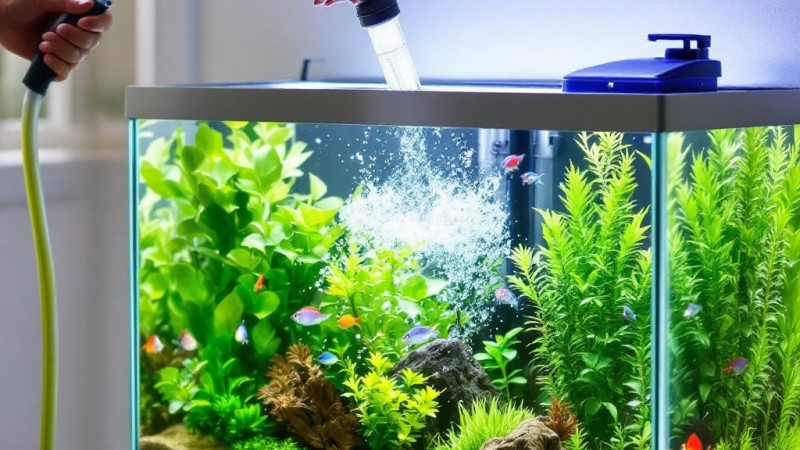
Proper aquarium maintenance is essential for the health of your fish and the stability of the nitrogen cycle. One of the most important practices is regular water changes, but a question that often arises is: how much water should I change and how often?
Why is it necessary to change water?
Aquarium water contains dissolved waste, food debris, excrement and other organic matter. Over time, these elements accumulate and lead to elevated levels of nitrates and phosphates, which can lead to deterioration of water quality and the appearance of harmful algae. Changing water helps maintain balance in the ecosystem by removing pollutants and providing fresh, oxygen-rich water.
How often should I change water?
The frequency of water changes depends on several factors:
- Aquarium size - in smaller aquariums, water parameters change more quickly, which requires more frequent changes.
- Number and type of fish - more fish means more waste, which requires more frequent changes.
- Filtration and maintenance – good filtration can reduce the need for water changes, but it does not eliminate them completely.
- Vegetation – live plants absorb some of the waste, but cannot replace the need for water changes.
How much water should I change?
Depending on the conditions in the aquarium, common practices among aquarists are:
- 20-30% per week – the standard practice for most freshwater aquariums with moderate load.
- 30-50% per week – if the aquarium is overcrowded or has severe pollution.
- 5-10% per week – in heavily stocked aquariums with few fish.
- 50% and more in emergency cases – in case of severely deteriorated water parameters, for example high levels of nitrates or ammonia.
However, the truth is that each aquarium is a separate ecosystem and has requirements to change water according to the needs of the system itself. The easiest answer to the question "Should I change the water in the aquarium and how much?" is determined as follows:
On the day designated for aquarium maintenance, do a nitrate test, immediately before the water change. The resulting value X will be your guide for the next water changes. If the test showed 20 mg/l and we do a 30% water change, this means that we will lower the level to about 13-14 mg/l. We will do the next test again in a week on the day of aquarium maintenance. In the water test, we get a value of 25 mg/l. This means that the nitrate level has increased by 11-12 units. If after this test you do a 50% water change, you will lower the parameters again to 12-13 mg/l. In systems without a change in the number of inhabitants and diet, after another week you would get another test with indicators Nitrate 25 mg/l. This would mean that with a 50% change you will be able to balance the aquarium and maintain constant nitrate parameters, without them accumulating and gradually increasing over time.
It is with a nitrate test that you will be able to monitor and control the quality of the water in the aquarium.
How to change the water correctly?
- Prepare clean water - it is best to use settled tap water or add a detergent to remove chlorine and heavy metals when changing water directly from the pipeline. It is important to note here that settled water that is not aerated is not a good option. If you simply separate the water into a container and there is no movement of the layers, this is a prerequisite for the development of bacteria.
- Remove the old water - use a hose or a special tool for siphoning the bottom to remove accumulated waste.
- Add the new water - make sure that its temperature and parameters are similar to those of the water in the aquarium.
- Monitor the parameters – regularly measure ammonia, nitrite and nitrate levels to ensure that the environment remains stable.
Conclusion
Regular water changes are a key factor in maintaining a healthy aquarium environment. Maintaining the right balance between frequency and amount will ensure longevity and good health of your fish and plants. When in doubt, it is always better to change less water more often than to make sudden changes to the ecosystem.


-250x250.jpg)

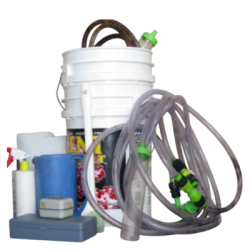


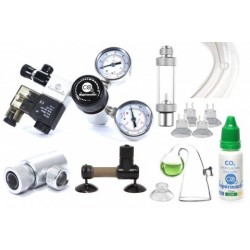


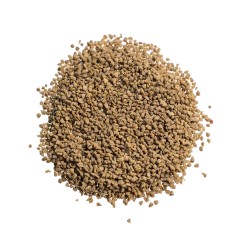

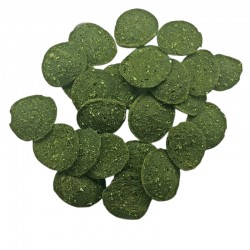

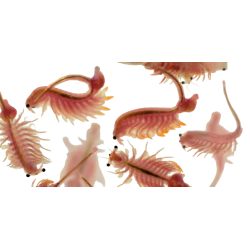


-250x250w.jpg)
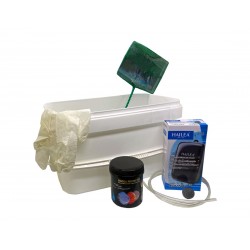
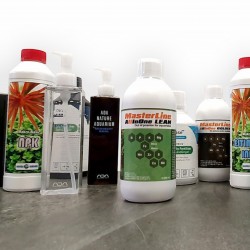





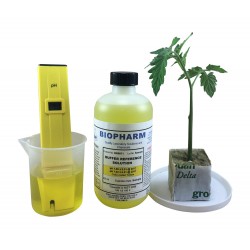

-250x250w.jpg)

